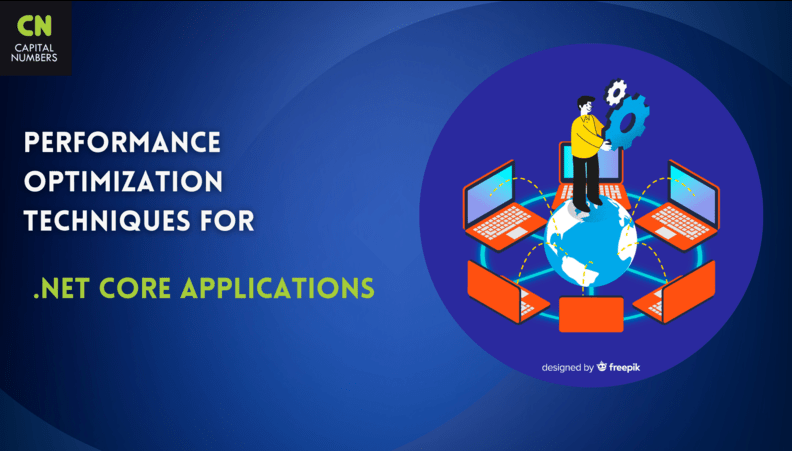In today's fast-paced digital landscape, optimizing the performance of .NET Core applications is a mission-critical endeavor for businesses seeking a competitive edge in .NET Core development. With the growing demand for faster and more efficient software, it is imperative to employ effective strategies that guarantee smooth and seamless user experiences. We will explore essential techniques to enhance the performance of .NET Core applications, empowering businesses to deliver high-performing software solutions in the realm of .NET Core development.
By implementing these optimization strategies, organizations can unlock the true potential of their applications and stay ahead in the dynamic world of software development.
1. Code Optimization
One of the fundamental aspects of performance optimization in .NET Core development is efficient code implementation. By writing clean, well-structured code, developers can significantly improve the overall performance of .NET Core applications:
Here are some key considerations:
a) Use Proper Data Structures and Algorithms
Choosing the right data structures and algorithms can have a substantial impact on the performance of an application. Utilize data structures such as lists, dictionaries, and queues, and implement algorithms that have efficient time and space complexities.
b) Minimize Object Instantiation
Excessive object instantiation can consume valuable system resources and lead to performance bottlenecks. Optimize object creation by reusing existing instances, utilizing object pools, or employing lazy loading techniques.
c) Implement Caching Mechanisms
Caching frequently accessed data can significantly reduce the response time of an application. Implement caching mechanisms such as in-memory caching or distributed caching to store and retrieve data efficiently.
2. Database Optimization
Database performance plays a crucial role in the overall performance of .NET Core applications. Consider the following optimization techniques to improve database-related operations:
a) Indexing
Proper indexing of frequently queried columns can dramatically enhance the performance of database queries in .NET Core development. Identify the most commonly used columns and create indexes to speed up data retrieval.
b) Query Optimization
Optimize database queries by minimizing the number of round trips to the database in your .NET Core development. Use techniques like eager loading, query batching, and reducing unnecessary joins to optimize query execution time.
c) Connection Pooling
Utilize connection pooling to minimize the overhead of establishing new database connections for each user request. Connection pooling allows reusing existing connections, leading to improved application performance.
3. Performance Monitoring and Profiling
To ensure the continuous optimization of .NET Core applications, it is essential to monitor and profile their performance. By gathering valuable performance data, developers can identify areas that require improvement.
Consider the following approaches:
a) Application Profiling
Profiling tools provide insights into the execution time and memory usage of different components within an application. Analyzing profiling reports can help identify performance bottlenecks and optimize critical sections of code.
b) Real-Time Monitoring
Implement real-time monitoring solutions to track the performance of your application in production environments. Monitor metrics like response time, CPU and memory usage, and request throughput to identify any performance degradation.
c) Logging and Error Handling
Implement robust logging and error handling mechanisms to capture and analyze application errors. Logs can provide valuable information about performance issues, allowing developers to rectify them promptly.
Conclusion
Optimizing .NET Core application performance is vital for delivering efficient, reliable, and user-friendly software solutions. By implementing techniques like code optimization, database tuning, and performance monitoring, businesses can ensure their applications meet high-performance standards. These efforts result in faster response times, improved database operations, and proactive issue resolution. Investing in performance optimization is a strategic decision that enhances user experience, fosters customer satisfaction, and boosts overall business success.






Comments